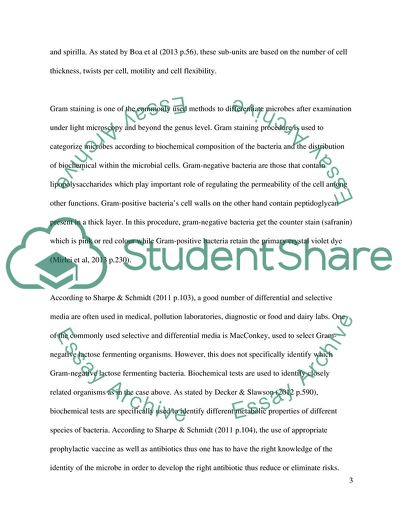Cite this document
(Categorising Microbes, aims, methods, and results of labs, discussion Lab Report, n.d.)
Categorising Microbes, aims, methods, and results of labs, discussion Lab Report. https://studentshare.org/medical-science/1868565-identification-and-categorizing-of-microbes
Categorising Microbes, aims, methods, and results of labs, discussion Lab Report. https://studentshare.org/medical-science/1868565-identification-and-categorizing-of-microbes
(Categorising Microbes, Aims, Methods, and Results of Labs, Discussion Lab Report)
Categorising Microbes, Aims, Methods, and Results of Labs, Discussion Lab Report. https://studentshare.org/medical-science/1868565-identification-and-categorizing-of-microbes.
Categorising Microbes, Aims, Methods, and Results of Labs, Discussion Lab Report. https://studentshare.org/medical-science/1868565-identification-and-categorizing-of-microbes.
“Categorising Microbes, Aims, Methods, and Results of Labs, Discussion Lab Report”. https://studentshare.org/medical-science/1868565-identification-and-categorizing-of-microbes.


